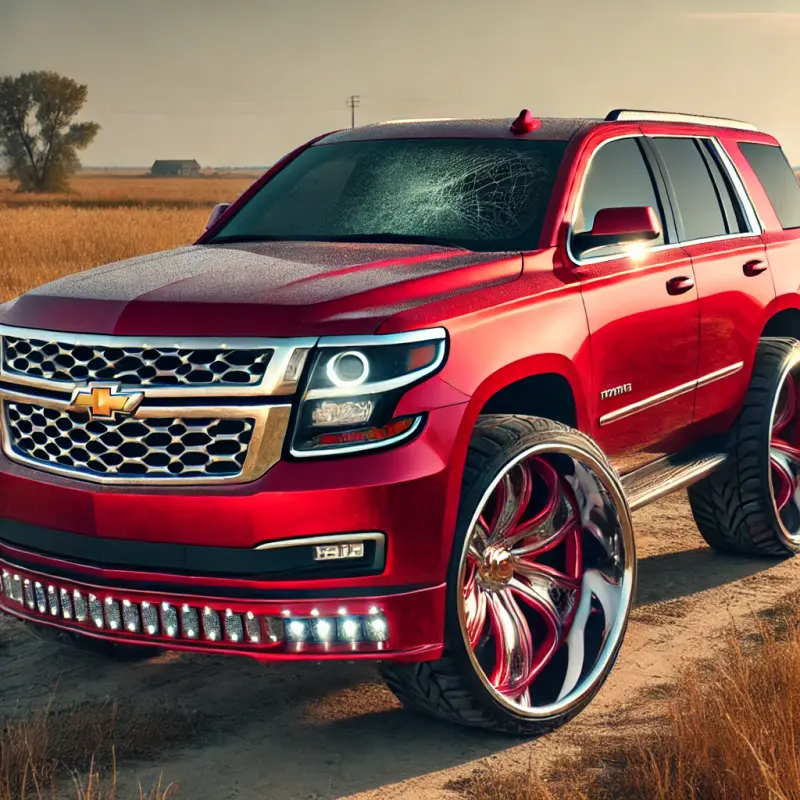Introduction
Auto glass, a vital yet often overlooked aspect of vehicle safety, comes in various forms to meet different needs. Among these variations, laminated and tempered glass are the two most commonly used types for windshields and side windows. But what exactly is the difference between them? Why does it matter which type you choose during your auto glass replacement? Buckle up as we dive into the nitty-gritty of auto glass, explore its features, benefits, and limitations, and help you make an informed decision when it comes time for windshield replacement.
What’s the Difference Between Laminated and Tempered Auto Glass?
When it boils down to it, the main differences between laminated and tempered auto glass lie in their construction and performance characteristics. Laminated glass consists of two layers of glass with a plastic interlayer sandwiched in between, while tempered glass is made by heating regular glass to high temperatures then cooling it rapidly. This process results in different properties that affect everything from safety to sound insulation.
Understanding Laminated Auto Glass
Construction of Laminated Glass
Laminated auto glass is built using two sheets of glass with a polyvinyl butyral (PVB) layer glued between them. This interlayer not only helps hold the layers together in case of an accident but also provides additional benefits such as noise reduction.
Benefits of Laminated Glass
- Safety First: In case of a collision or severe impact, laminated glass tends to crack rather than shatter. The PVB layer holds the shards together, reducing the risk of injury from flying debris. UV Protection: The PVB interlayer blocks harmful ultraviolet rays. Sound Insulation: The design offers better sound insulation compared to tempered glass. Improved Visibility: It can reduce glare from sunlight or headlights at night.
Common Uses for Laminated Glass
Laminated glass is mainly used for windshields in vehicles due to its safety features. It can also be found in sunroofs Summerfield Auto Glass and some side windows.
Understanding Tempered Auto Glass
Construction of Tempered Glass
Tempered auto glass starts as regular float glass that undergoes a heating process called tempering. Once heated to about 1,300°F (700°C), it's rapidly cooled. This process strengthens the material significantly compared to regular or untreated glass.
Benefits of Tempered Glass
- Robust Strength: Tempered glass can withstand greater pressure and impacts compared to standard glass. Fracture Pattern: When broken, tempered glass shatters into small cubes rather than sharp shards—minimizing injury risk. Thermal Resistance: It can handle temperature changes without breaking easily.
Common Uses for Tempered Glass
Tempered auto glass is frequently used for side windows and rear windows because they need to endure more stress during normal operations.
Comparative Analysis: Laminated vs. Tempered Auto Glass
Safety Features Comparison
| Feature | Laminated Glass | Tempered Glass | |-----------------------|-----------------------------------------|-------------------------------------| | Shattering Behavior | Cracks but holds together | Shatters into small cubes | | Injury Risk | Lower due to intact shards | Moderate; smaller shards still pose risks | | UV Protection | Yes | No |
Durability Comparison
Both types offer durability but in different ways:
- Laminated: Holds up well against impacts but may suffer from delamination over time. Tempered: Resistant to breakage under stress but may fail dramatically if subjected to extreme conditions.
Cost Implications: Which Is More Affordable?
When considering costs associated with each type:
- Laminated: Generally more expensive due to its complex manufacturing process. Tempered: Typically cheaper due to simpler production methods.
However, keep in mind that while laminated might have higher upfront costs, its long-term value—especially regarding safety—can outweigh initial savings on tempered options.
Installation Differences: What You Need To Know
Installation Procedure for Laminated Auto Glass
Remove existing windshield carefully. Clean bonding surfaces thoroughly. Apply adhesive around edges before positioning laminated panel. Allow adequate drying time before driving again.Installation Procedure for Tempered Auto Glass
Similar removal process as laminated. Use urethane adhesive suitable for tempered panels. Securely fit into place; allow curing time.Both processes require expertise; thus hiring professionals ensures safety compliance!
FAQs
1. How do I know which type of auto glass my vehicle has?
Most vehicles use laminated windshields due to safety regulations; side windows tend toward tempered varieties.
2. Can I replace my windshield with either type?
For windshields, always opt for laminated due to its protective qualities unless explicitly stated otherwise by your vehicle's manufacturer.
3. Is tinted auto glass available in both types?
Yes! Both laminated and tempered options come in tinted variations for aesthetic appeal or UV protection.
4. Will insurance cover my windshield replacement costs?
Often yes! Check your policy details regarding coverage limits on auto glass replacements.
5. How often should I replace my car's window?
Inspect regularly! If there's noticeable damage like cracks or chips affecting visibility, immediate attention is crucial!


6. Can DIY methods effectively replace auto glasses?
While some may attempt DIY replacements successfully, professional installation is recommended for optimal results regarding safety!
Conclusion
Understanding "What’s the Difference Between Laminated and Tempered Auto Glass?" helps you make informed decisions regarding vehicle safety and maintenance needs during windshield replacements or general auto glass replacements. Whether you're prioritizing safety with laminated options or opting for strength via tempered versions—the choice ultimately depends on your specific requirements as a driver or passenger on those adventurous road trips ahead!
So next time you're cruising down the highway—or maybe just heading off to run errands—give a nod (or maybe even a thumbs-up) towards that trusty piece of auto technology keeping you safe behind the wheel!

This article provides an overview encompassing various aspects related to laminated versus tempered auto glasses while emphasizing critical factors relevant during windshield replacement situations—ensuring you’re well-equipped with knowledge when making decisions about your vehicle's integrity!